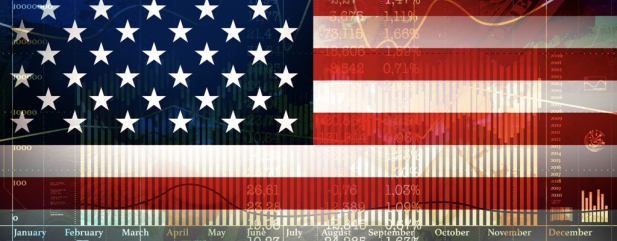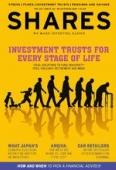Archived article
Please note that tax, investment, pension and ISA rules can change and the information and any views contained in this article may now be inaccurate.
Favourite funds to get upside Stateside

When it comes to equity markets, the US is by far the largest. Despite talk of stretched valuations and the market becoming ‘overheated’ there are some excellent companies in the US, many of which are leaders in their respective fields.
The surprise election of President Donald Trump at the end of last year added some volatility into the mix as well but since his arrival US markets have repeatedly reached record highs.
Given the size of the US market, the number of investment funds is huge. Using AJ Bell’s favourite funds list, we’ve found three funds that may suit those who want a piece of the American dream.
Artemis US Select (GB00BMMV5105)
This fund is served well by its manager. Jake Moeller, head of research UK and Ireland at Thomson Reuters Lipper says: ‘The recruitment of manager Cormac Weldon was a coup for Artemis as his reputation for US stocks is superlative.
‘This fund searches far and wide in seeking its opportunities but a highly experienced team behind the manager as well as Cormac’s pedigree provides considerable comfort.’
Weldon was joined by his team from Threadneedle (now Columbia Threadneedle) where he previously worked and they employ an identical process for stock selection at Artemis.
The portfolio holds between 40 and 60 names and while the manager can choose value and growth stocks, according to Morningstar, it has typically exhibited a bias towards growth.
Investment consultant Square Mile says the fund ‘attempts to navigate its way through the machinations of the US stock market, which can be prone to short term moves in sentiment, whilst not taking on excessive levels of risk’.
Morningstar analyst Fatima Khizou says: ‘This fund is a worthy option for investors seeking exposure to the US equity market.’
The product may be suitable for investors looking for solid, but longer term, exposure to the US market without being exposed to any ‘overt style tilts’ according to Square Mile.
Artemis US Smaller Companies (GB00BMMV5766)
This Artemis fund is also run by Cormac Weldon with the same support team as the Select fund. The investee companies will have a market cap between $1bn and $10bn and, according to Square Mile, the fund attempts to provide good diversification.
Similar to the Select fund, this has a fairly concentrated of holdings, between 50 and 70. Moeller says: ‘It is designed to dig deep into the US stock market universe for unloved “gems”. The Artemis team is experienced enough to seamlessly scour a large range of stock capitalisations.’
The team like meeting companies as a source of ideas but also use broker research and look for views that are different to their own, according to Square Mile.
It seeks companies that have an upside/downside potential of 2:1 meaning for every unit of downside risk, a stock should have at least twice the upside potential.
JP Morgan US Equity Income (GB00B3FJQ599)
This is ‘no nonsense’ equity fund with a liking for blue chip companies. Its holdings include the world’s largest asset manager BlackRock, tech giant Apple and energy company Chevron.
Unlike the aforementioned Artemis funds, the JP Morgan fund has the added bonus of delivering a respectable dividend yield, one of the benefits of having blue chip holdings.
Managed by Claire Hart, her team considers stocks on their long term prospects, looking for highly cash generative businesses with stable revenues and little debt.
Moeller says: ‘Its risk rated historical performance is very strong, proving that it isn’t always the boutique houses who are able to outperform in the world’s most competitive equity market.’
The portfolio consists of between 80 and 110 holdings with each stock yielding above 2% at time of purchase.
Despite the income focus, the team deliberately avoid concentrating the fund in traditionally high yielding sectors such as utilities. They prefer to spread the portfolio widely across market sectors.
Given the mega-cap focus of the fund, returns may not be too dissimilar from the S&P 500 itself, although the team’s stock picking skills may come to the fore during periods of market volatility. (DS)
Important information:
These articles are provided by Shares magazine which is published by AJ Bell Media, a part of AJ Bell. Shares is not written by AJ Bell.
Shares is provided for your general information and use and is not a personal recommendation to invest. It is not intended to be relied upon by you in making or not making any investment decisions. The investments referred to in these articles will not be suitable for all investors. If in doubt please seek appropriate independent financial advice.
Investors acting on the information in these articles do so at their own risk and AJ Bell Media and its staff do not accept liability for losses suffered by investors as a result of their investment decisions.

 magazine
magazine









